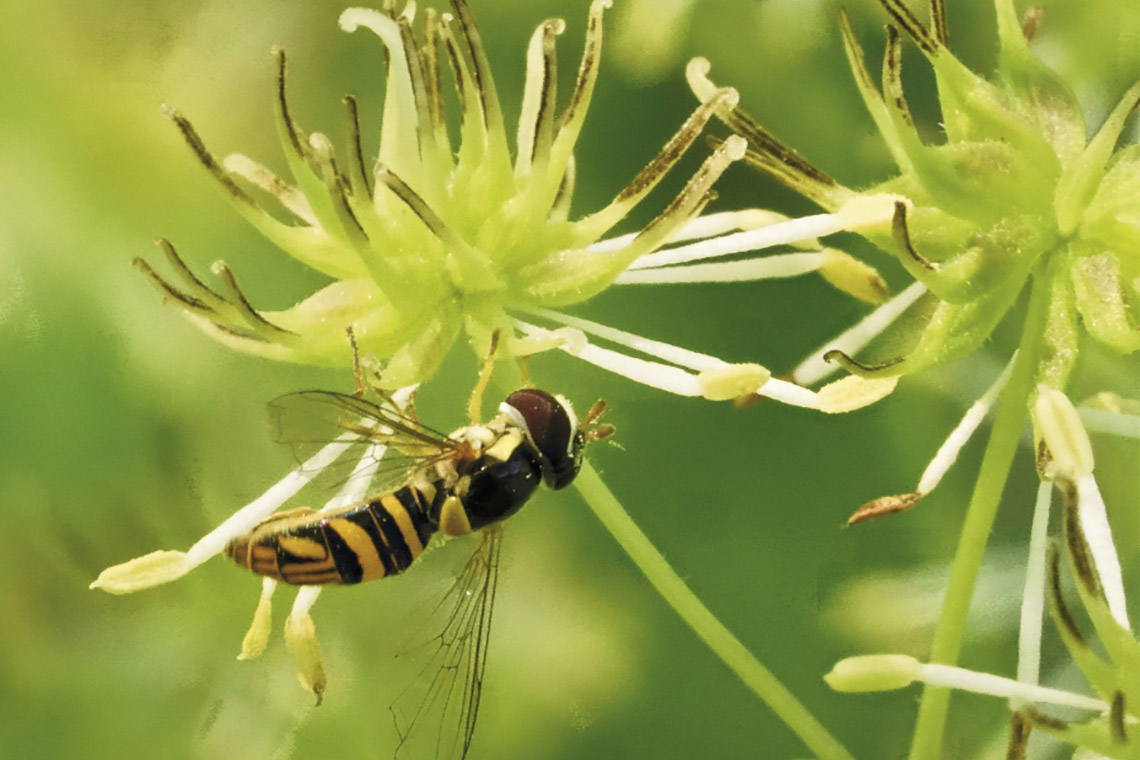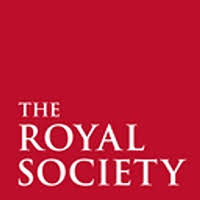U of T plant biologists find answers to pollination mystery blowing in the wind
A fly pollinator visitis a female flower of Thalictrum pubescens (tall meadow-rue). Females of this species produce stamens with sterile pollen grains, presumably to reward pollinators (photo by David Timerman))
New research by PhD student David Timerman and Professor Spencer Barrett offers novel insights into why and how wind-pollinated plants have evolved from insect-pollinated ancestors.
Early seed plants depended on wind to carry pollen between plants, but about 100 million years ago, flowering plants evolved to attract insects that could transfer pollen with greater precision than random air currents. Although insect pollination is more economical, numerous lineages have since reverted back to wind pollination, leaving many biologists to question why that would ever happen given the success of insect pollination. This apparent paradox perplexed even Charles Darwin, and still today, little is known about the conditions initiating this transition.
In a study published this month in Proceedings of the Royal Society, the researchers describe for the first time a mechanism driving this reversion involving the vibration of stamens, the pollen-bearing organs of flowers.
Full articles can be read here:




